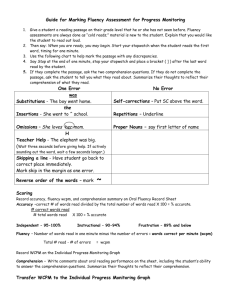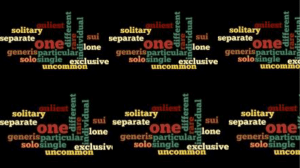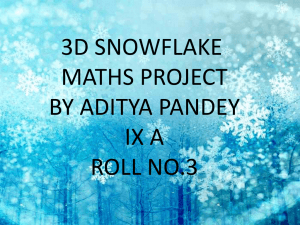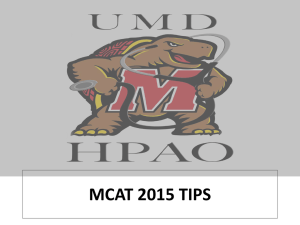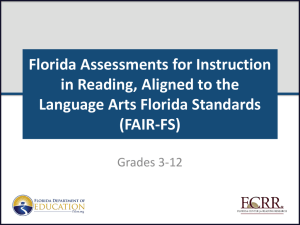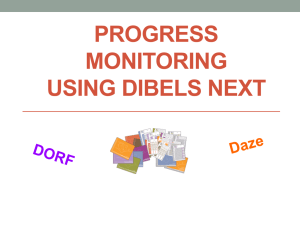CORE training - Secondary Literacy Coaches Wiki
advertisement
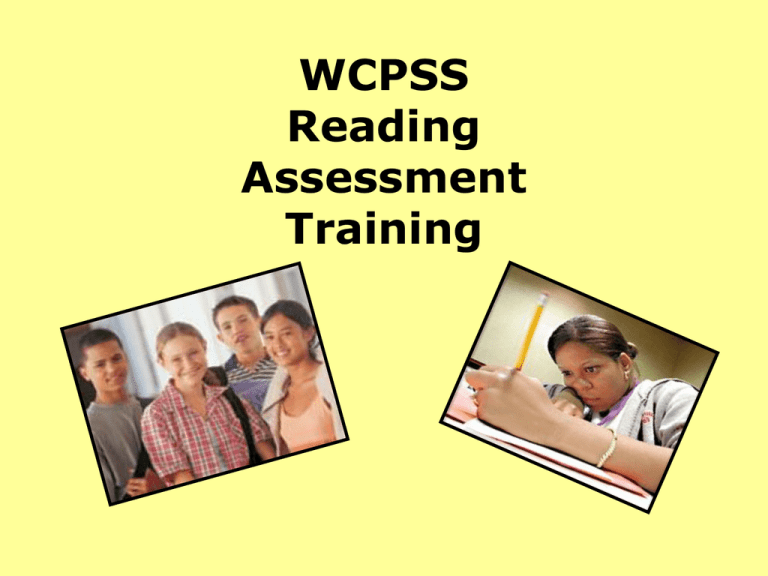
WCPSS Reading Assessment Training Linking CORE Assessments to the WCPSS Reading Model San Diego Quick Assessment Vocabulary Screening Phonics Survey Phoneme Segmentation Test Phoneme Deletion Test MASI-R Oral Reading Fluency Measures Reading Maze Comprehension Test •Administration •Scoring •Interpretation Maze Comprehension Test Practice Scoring and Interpretation Vocabulary Screening Scoring and Interpretation MASI-R Oral Reading Fluency Measures Errors…What Counts? Word is: •Skipped •Mispronounced •Not pronounced correctly within 3 seconds •Repeatedly mispronounced, each instance Errors...What Doesn’t Count Word is: •corrected within 3 seconds •pronounced differently due to dialect •inserted/added words Let’s Practice Together Teacher Passage & Directions: 6-C There are three basic types of snowflakes. The first type is called “stellar,” and is the one most people remember. Stellar flakes are feathery with small centers. They form when it’s not extremely cold and when the clouds are low and wet. Because they cling together when falling, it sometimes appears as if they are descending in great, downy clumps. The second variety of snowflake is called a “plate” snowflake and this formation appears almost rock-solid in compact configurations with six clearly seen outer edges. They form when it’s exceptionally cold and when clouds are elevated and almost dry. ▲ The final type of snowflake is a combination of the other two. It has a plate-like center with feathering arms. 9 19 27 39 49 59 69 79 88 98 110 121 Scoring MASI-R Oral Reading Fluency Measures SCORING each passage (pp. 78-79) - Calculate Rate Correct by subtracting # of errors from total # of words read in 1 min. Rate Correct is Words Correct Per Minute (WCPM). - Write this in Rate Correct box at top of Teacher Passage. Teacher Passage & Directions:6-C Rate Correct: 105 There are three basic types of snowflakes. The first type is called “stellar,” and is the one most people remember. Stellar flakes are feathery with small centers. They form when it’s not extremely cold and when the clouds are low and wet. Because they cling together when falling, it sometimes appears as if they are descending in great, downy clumps. The second variety of snowflake is called a “plate” snowflake and this formation appears almost rock-solid in compact configurations with six clearly seen outer edges. They form when it’s exceptionally cold and when clouds are elevated and almost dry. ▲ The final type of snowflake is a combination of the other two. It has a plate-like center with feathering arms. 110 - 2 108 - 3 105 Cumulative Words at End of Line Words Not Read in that Line Total Words that Student Read Errors (# of slash marks) Rate Correct (WCPM) 9 19 27 39 49 59 69 79 88 98 110 121 MASI-R Oral (p. 80) Reading Fluency Measures EXAMPLE: Student’s 3 Scores: 96 95 105 In numerical order: 95 96 105 Interpretation MASI-R Oral Reading Fluency Measure SCORING INTERPRETATION - Use Norms Table. (p. 80) - Find row for student’s grade. Use Grade 8 for HS. - Locate appropriate column:For HS we will always use the Spring column - Determine PERCENTILE based on Median Score (WCPM). MASI-R Oral Reading Fluency Measures SCORING INTERPRETATION I (p. 80) Look in row for Grade 8. EXAMPLE: 9th grader Median Score: 96 WCPM < 10 th Percentile Look in column for SPRING. Calculating Accuracy Rate Correct/WCPM = % Accuracy Total Words Read 105 108 = 97% Accuracy *Find Median Accuracy, may be a different passage than the fluency measure Your Turn… San Diego Quick Assessment Scoring and Interpretation Phonics Survey (Parts E-L) Scoring and Interpretation

